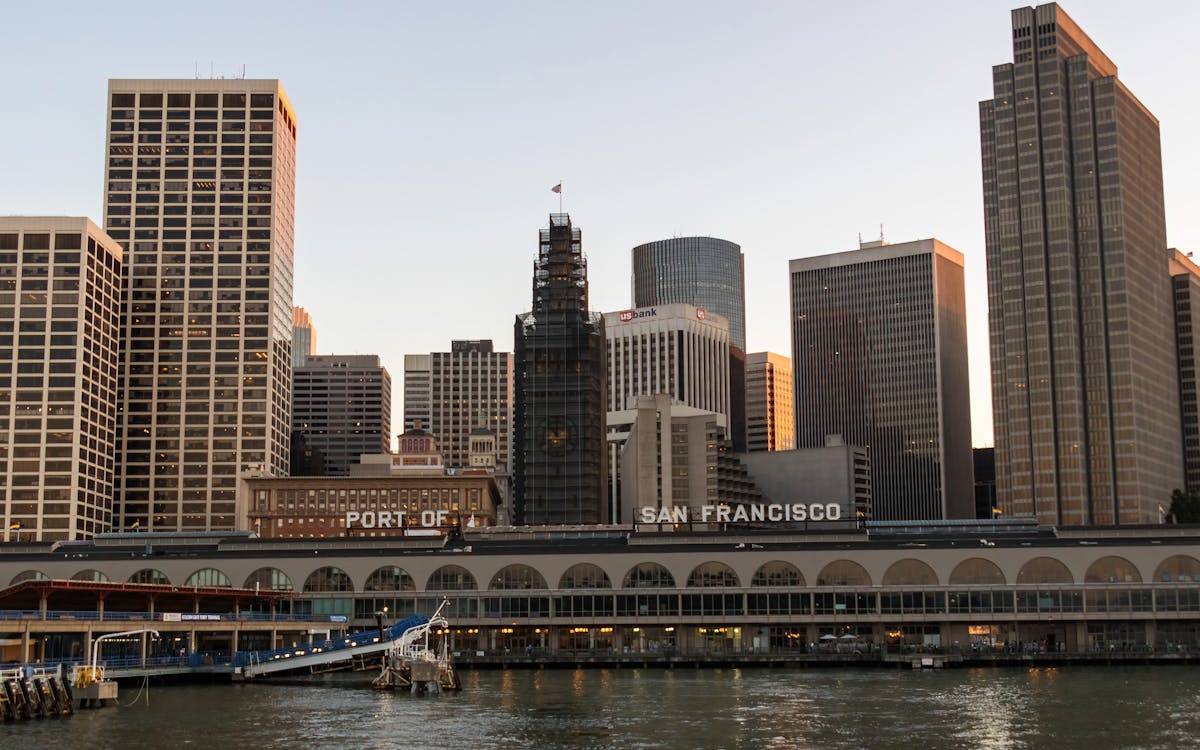From Shoreline to Sea: Citizens Restore the Bay
From Shoreline to Sea: Citizens Restore the Bay
Blog Article

Why Restoration Matters More Than Ever in the Bay Area
Over the last few decades, the San Francisco Bay has weathered the influence of urban development, industrial growth, and climate change. As soon as including wild animals and lush wetlands, most of the bay's all-natural ecosystems have been fragmented or deteriorated. Yet in the middle of these obstacles, something impressive is taking place: regional residents, volunteers, and grassroots campaigns are leading a wave of ecological remediation that's bringing brand-new life back to the Bay.
Repair isn't practically planting trees or tidying up trash, though those initiatives are very important. It's about restoring the foundations of life, from marsh yards that sustain fish nurseries to coastline barriers that guard against flooding. And in this area, the power of community participation is turning the tide really realistically.
From Marshland to Miracle: The Return of Native Habitats
Among the most visible adjustments happening in the Bay Area is the re-emergence of native environments. Wetlands that were when drained pipes or led over are being rehydrated and replanted. Turfs and hedges indigenous to the region are being cultivated by area teams, who usually depend on neighborhood volunteers to aid grow plants and handle regulated growing occasions.
These native plants do more than include greenery to the landscape. They provide sanctuary to migratory birds, pollinators, and tiny mammals, creating pockets of biodiversity amidst busy metropolitan zones. As these environments broaden, so does the ecological health of the Bay itself. When local residents take time out of their weekend breaks to get their hands in the soil, they're not just planting-- they're participating in the repair of a living, breathing ecological community.
The Role of Education in Fostering Environmental Stewards
Education and learning plays an important part in why these community-led initiatives are functioning so well. Schools, community centers, and nonprofit teams are arranging hands-on understanding experiences where participants of every ages can understand the scientific research and value of restoration. These programs commonly bring individuals face to face with issues like disintegration, air pollution, and sea level increase-- topics that can really feel abstract up until they're seen up close.
When someone sees the fragile balance of a tidewater or discovers exactly how a single plant types can filter toxins from the water, the worth of that understanding ends up being personal. And with that said understanding comes the inspiration to act. Restoring environments becomes much less of a task and more of a goal. This deep connection to neighborhood spaces is what establishes the Bay Area apart and fuels the long-lasting success of these initiatives.
Taking Advantage Of the Digital World to Drive Real-World Change
Remarkably, the press to heal the Bay's environments isn't happening in isolation from the electronic globe. Technology is coming to be a powerful tool in rallying support, spreading recognition, and connecting neighborhoods. Whether via person science apps that track indigenous varieties or neighborhood online forums organizing reconstruction occasions, the online space is matching boots-on-the-ground activity.
Over the last few years, also neighborhood outreach strategies have developed. For instance, a social media marketing agency in the Bay Area could sustain ecological campaigns by helping volunteers amplify their effect, tell their tales, and motivate others to get involved. These electronic touchpoints have the power to transform a little weekend cleaning into a regional activity merely by letting people understand it's happening-- which it matters.
Email Campaigns That Inspire and Inform Local Change-Makers
An additional electronic approach making a substantial distinction is e-mail interaction. Updates regarding restoration occasions, seasonal growing efforts, and contribution drives are commonly shared via very carefully crafted newsletters that strike an equilibrium between being useful and motivating. It's not uncommon for a well-timed original site project from an email marketing agency in San Francisco to bring a rush of volunteers or donations to a job in need.
These e-mail campaigns aren't just transactional-- they're transformative. By informing clients about the direct effect their participation has, they support long-term engagement. Visitors involve seem like stakeholders in the health of their region, and that emotional connection equates to lasting dedication.
The Unseen Work of Connecting Data, Communities, and Nature
Behind every effective reconstruction task exists a complex web of coordination. There's research to comprehend what habitats need most, community responses to form comprehensive strategies, and follow-up surveillance to make certain success. This sort of recurring initiative usually calls for not simply heart, however data, technique, and communication.
That's where the support of a digital marketing company in the Bay Area can make a peaceful but critical distinction. By assisting companies develop strong electronic platforms, collect insights, and improve their messaging, these teams enable area groups to scale their influence. The result is an extra linked and effective movement, where every activity counts, and everyone feels like they're component of something bigger.
The Power of People in Preserving the Bay's Future
If there's one point the Bay Area has confirmed, it's that remediation does not have to start with large organizations or massive budget plans. It can start with one neighbor pulling weeds from a route, one student growing an indigenous sapling, or one household turning up to a shoreline clean-up. These tiny activities add up, particularly when they're sustained by smart techniques and shown the more comprehensive community.
There's something distinctively confident concerning seeing the trends transform-- both figuratively and literally-- in favor of nature. The Bay is far from completely brought back, yet it's being revitalized day by day through the determination and care of those who call this location home. With each marsh rebuilt and each native types secured, we're not simply recovering ecological communities-- we're picturing what's possible when communities lead with purpose.
Keep following this blog for even more tales on regional modification, neighborhood effect, and the methods you can be part of safeguarding the natural charm that surrounds us.
Report this page